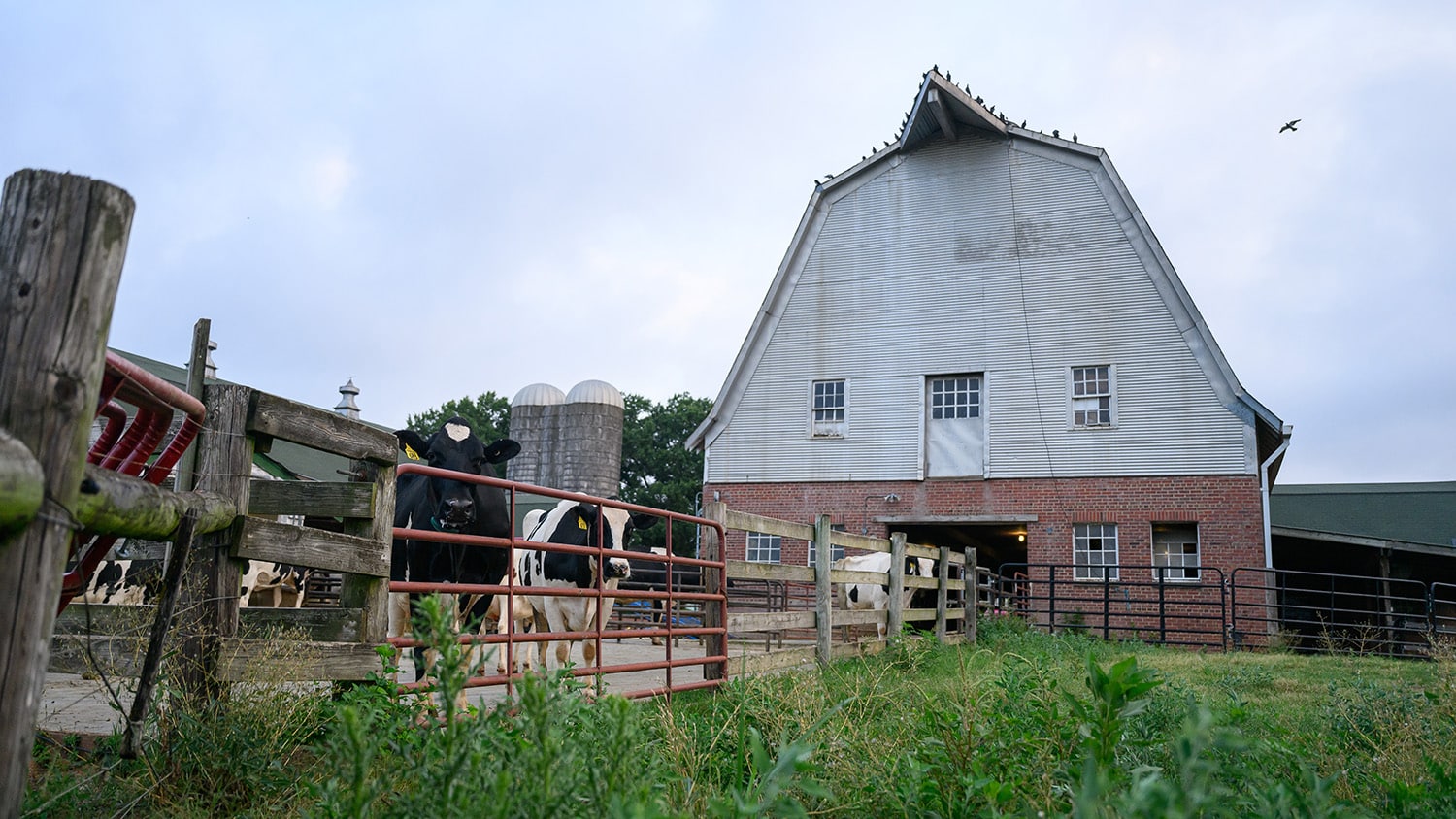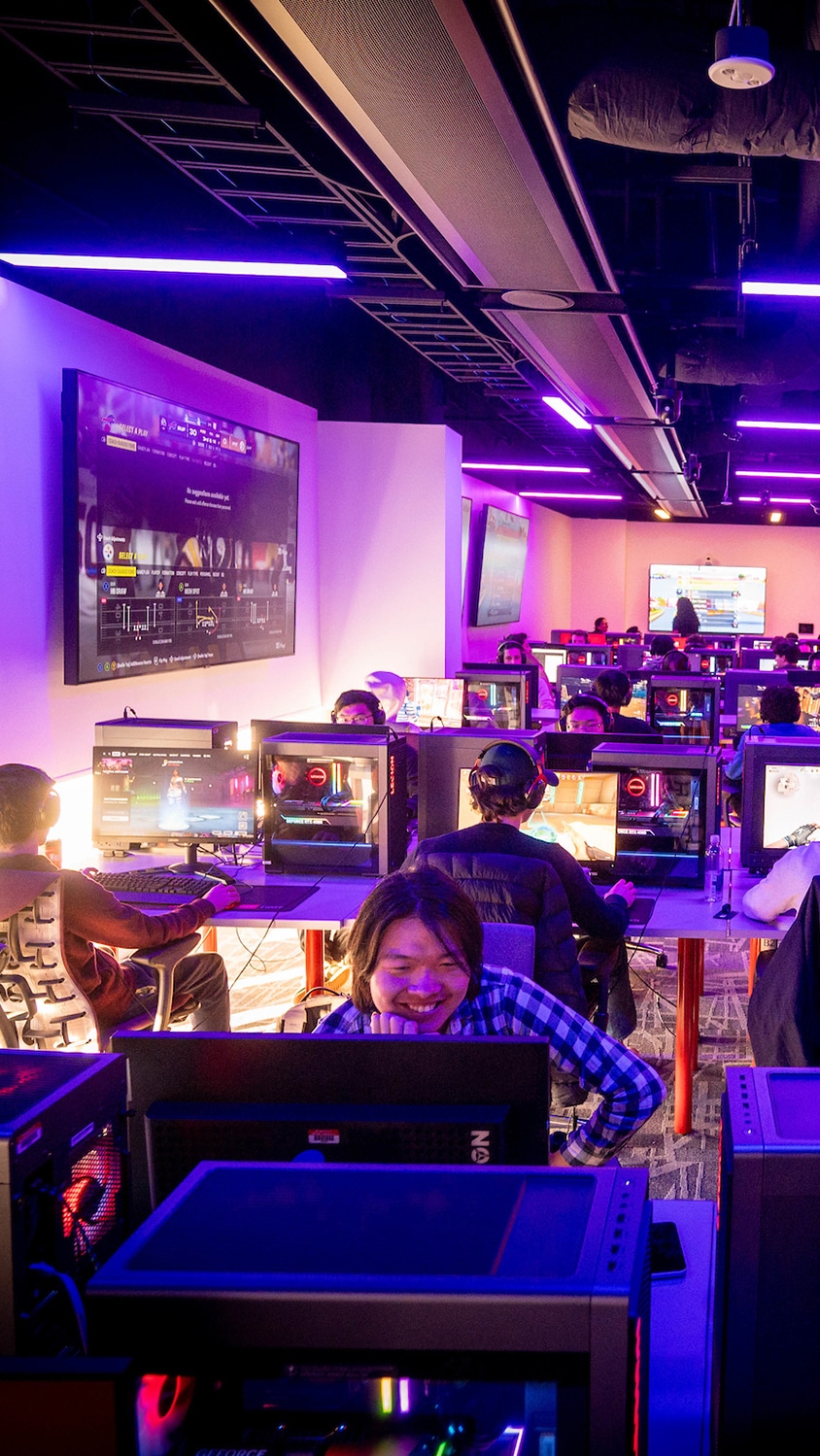Spend a Summer Day at NC State
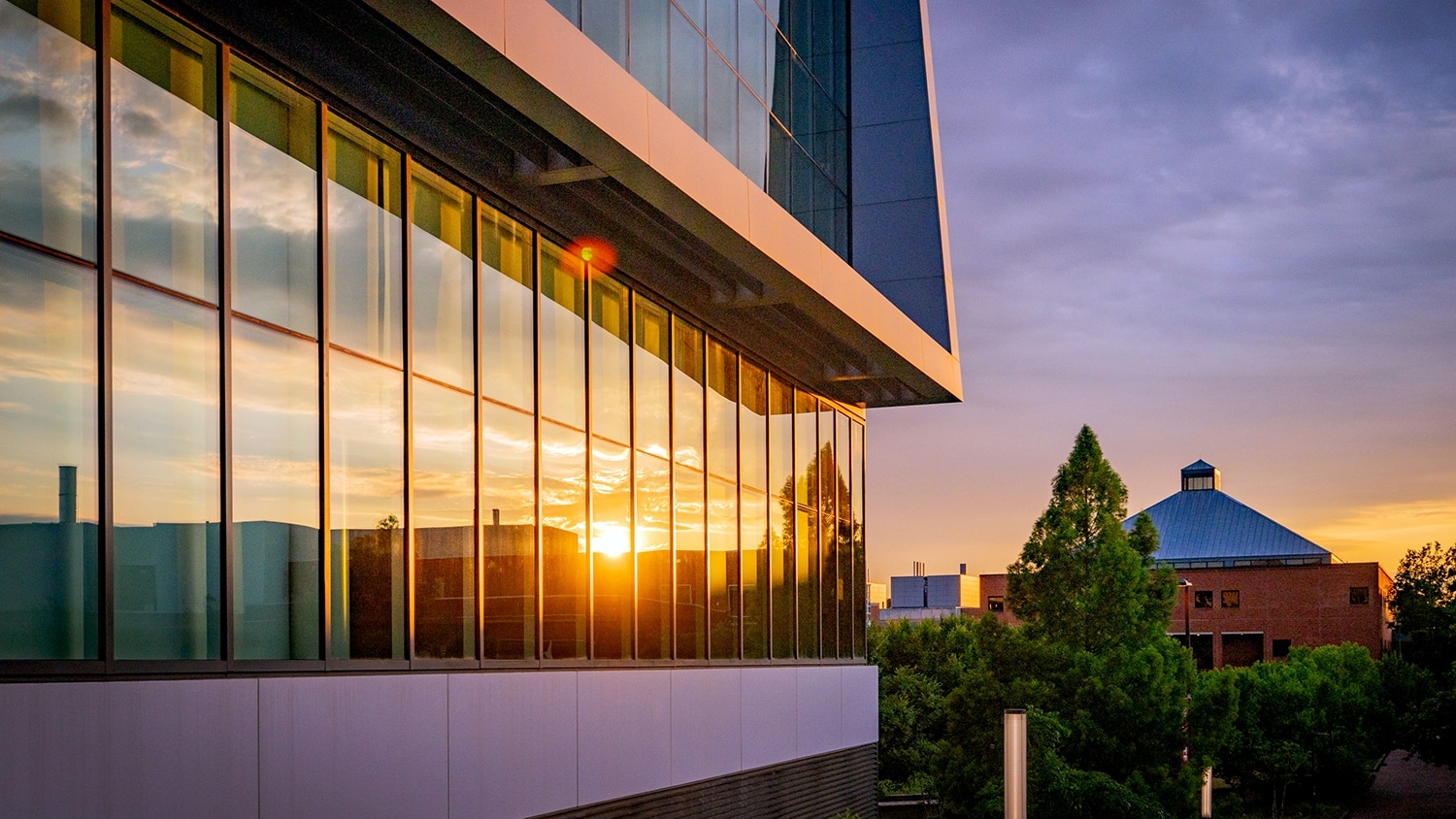
Summer break is traditionally a time of rest and relaxation, as people seek sweet air-conditioned spaces or salty seaside views.
But even during the summer, NC State’s campus is buzzing with the energy of Think and Do. While many students visit home or study abroad, thousands stay in Raleigh to study, work and research alongside our faculty and staff. And community members, families and future members of our Wolfpack visit campus in droves for tours, camps and events.
Come with us as we explore a smattering of things happening on our campus from sunrise to sunset — no sunscreen necessary.
Wake Up, Wolfpack
As the sun rises over the College of Veterinary Medicine, 15 cows move through the dairy parlor to be milked. The cows are part of the Teaching Animal Unit, a working farm that trains future doctors of veterinary medicine. Spanning 80 acres, the Teaching Animal Unit is home to dairy and beef cattle, horses, goats and poultry. Veterinary students learn how to care for animals in agricultural settings.
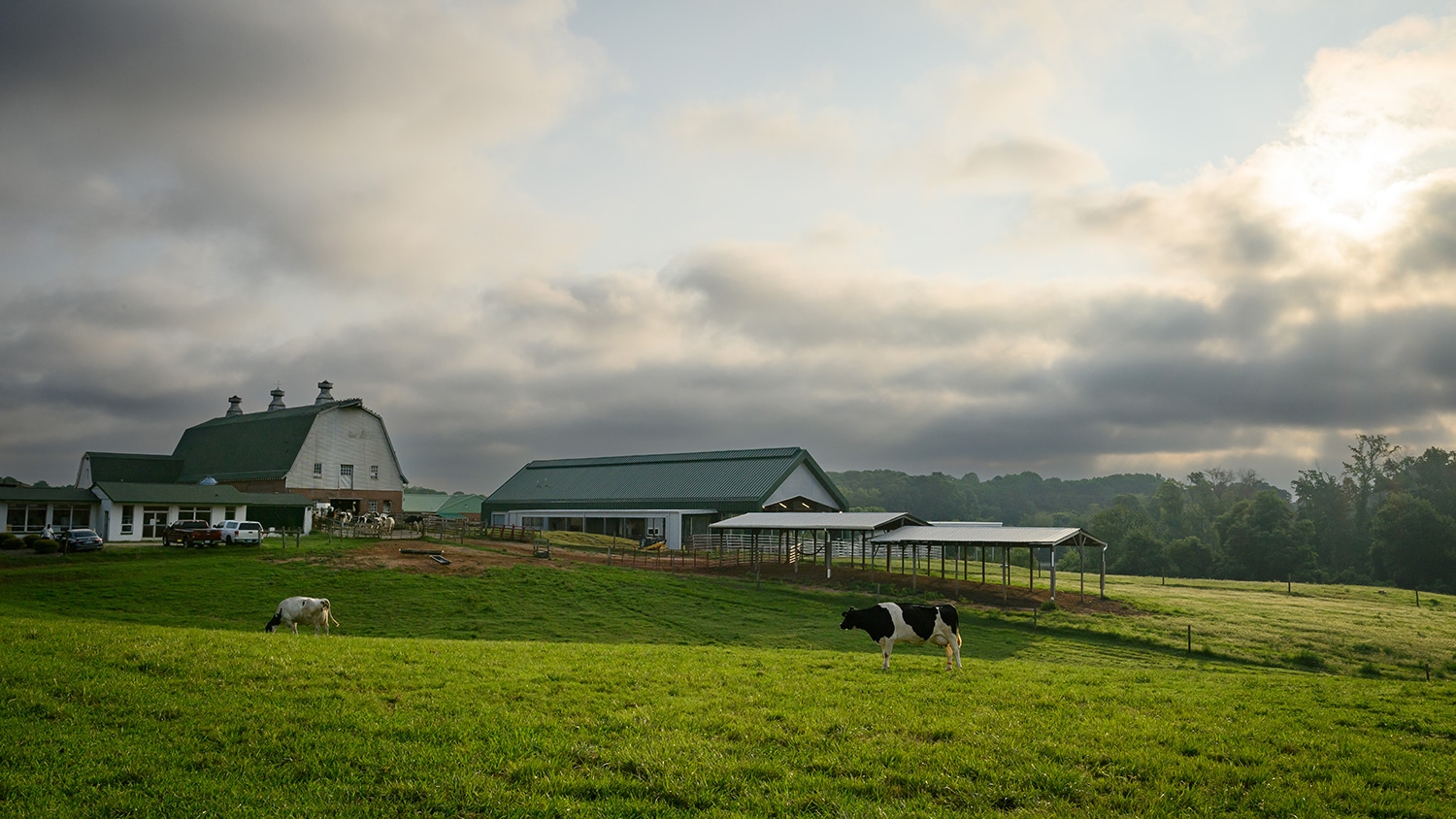
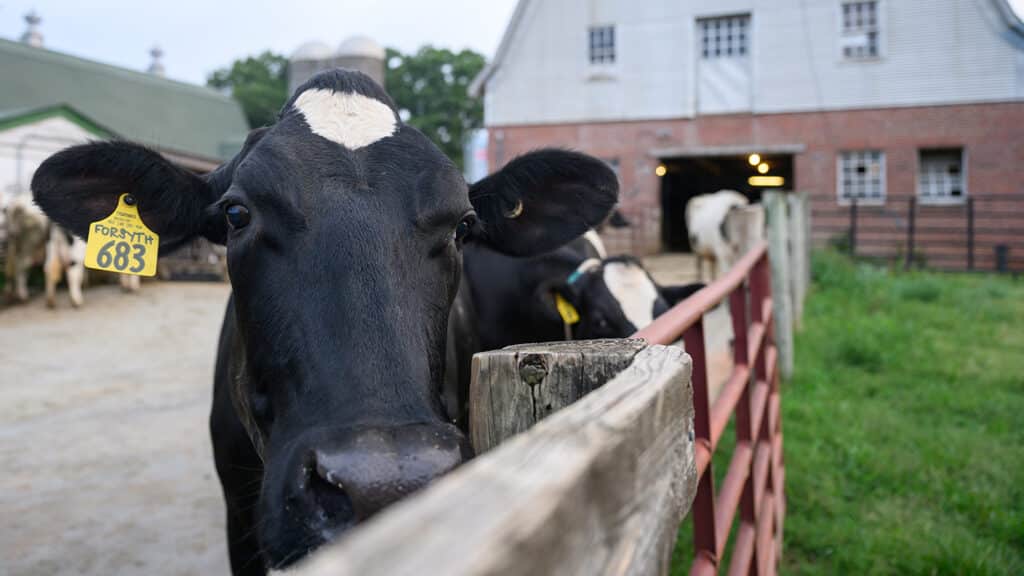
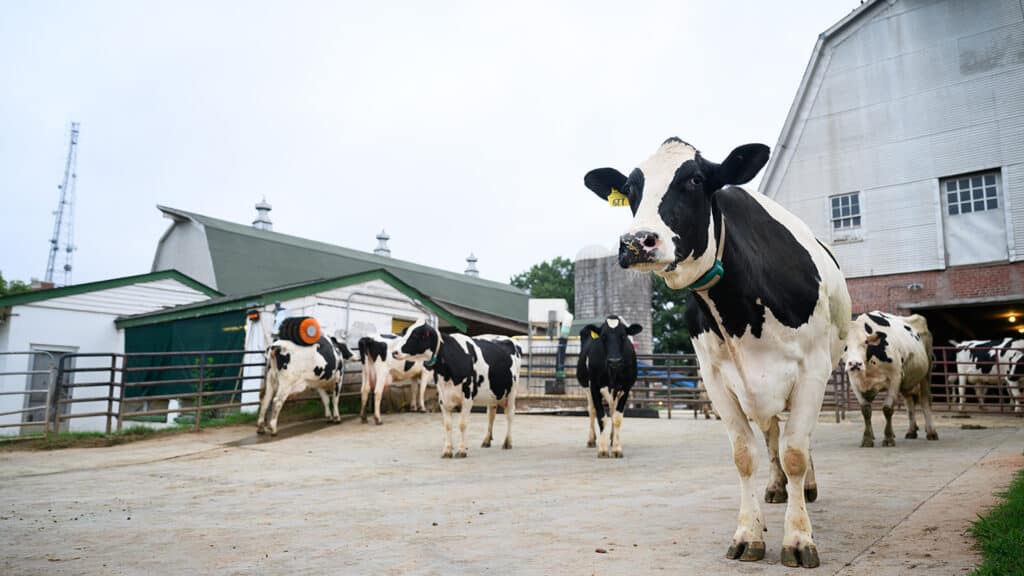
Each dairy cow in the Teaching Animal Unit produces about 70 pounds of milk daily. The college is part of Maryland and Virginia Milk Producers Cooperative, which picks up the milk a few times each week. The milk ends up at grocery stores and coffee shops.
Just south of Centennial Campus, researchers and educators work at Lake Wheeler Road Field Laboratory, where there are some 150 bee colonies. David Tarpy, an Extension specialist and professor of apiculture, examines how to keep honey bee colonies healthy and productive. He and his team have studied bees’ gut microbiomes, male and female bees’ reproductive capacities and alternatives to antibiotics to treat internal diseases and parasites.
“We have a lot of different research projects that are highly varied in their discipline, and we complement each other really well,” Tarpy said. “We have 18 people in the program, and I like to live vicariously through all the researchers and students who are doing this work and having fun.”
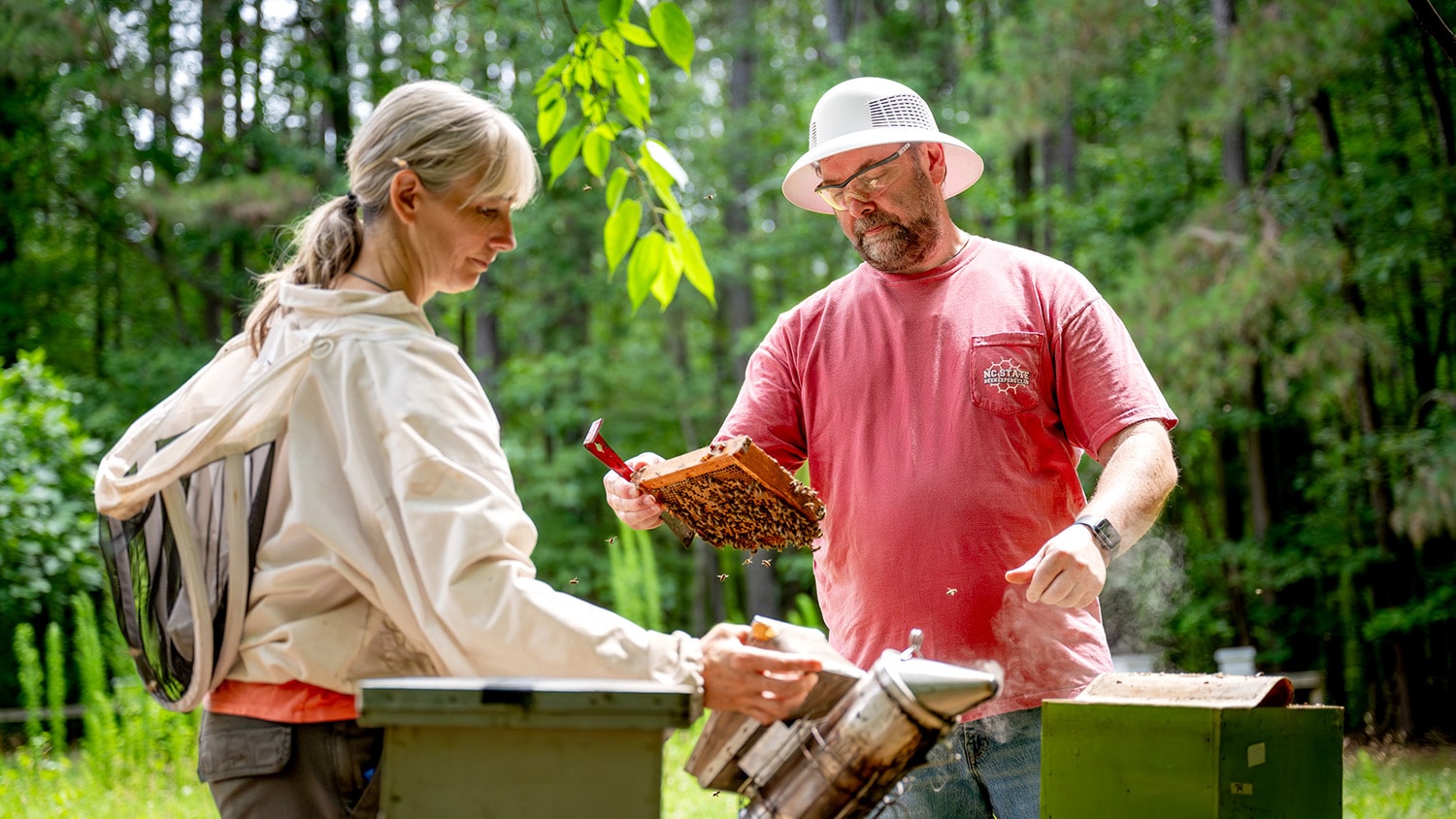
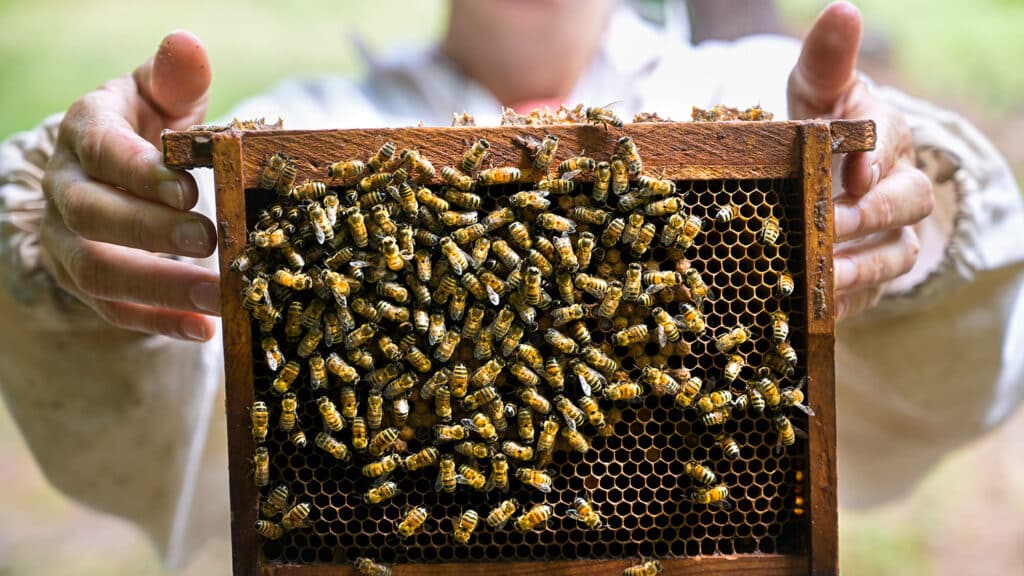
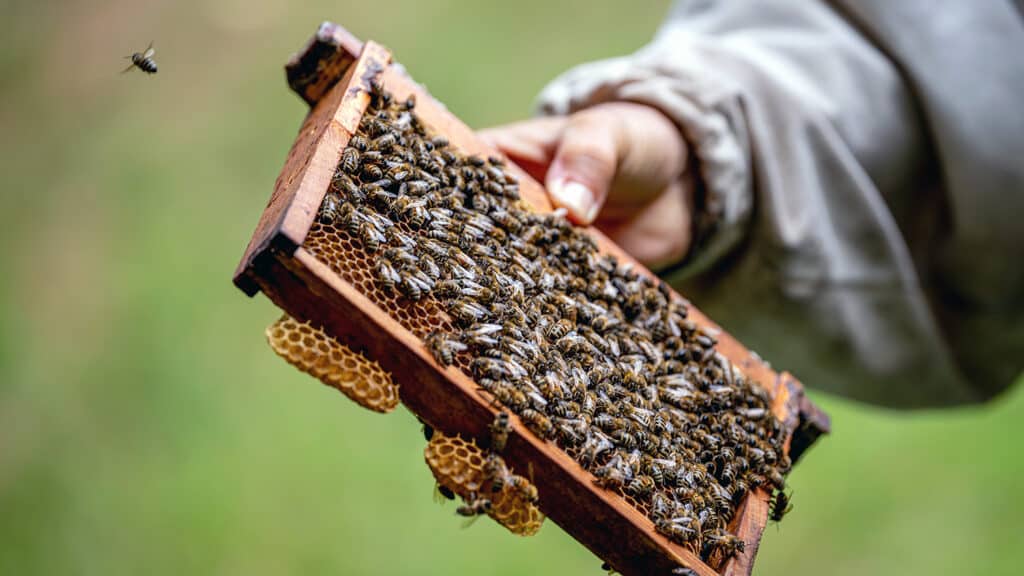
Listen
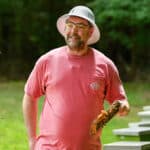
Professor David Tarpy came on our research podcast, Audio Abstract, to discuss all things bees.
View transcriptTarpy is also involved in BeeMORE, a summer research experience funded by the U.S. Department of Agriculture. Undergraduate students from different universities come to NC State to study microbiology and bee biology.
Main Campus Energy
Later in the morning, campus tours depart from Talley Student Union. This summer, the Office of Undergraduate Admissions has led more than 100 tours and welcomed about 6,000 guests to NC State. Student ambassadors like Travis Espinoza, a senior majoring in applied education studies, guide groups of up to 75 people throughout main campus, stopping at academic buildings, residence halls and landmarks.
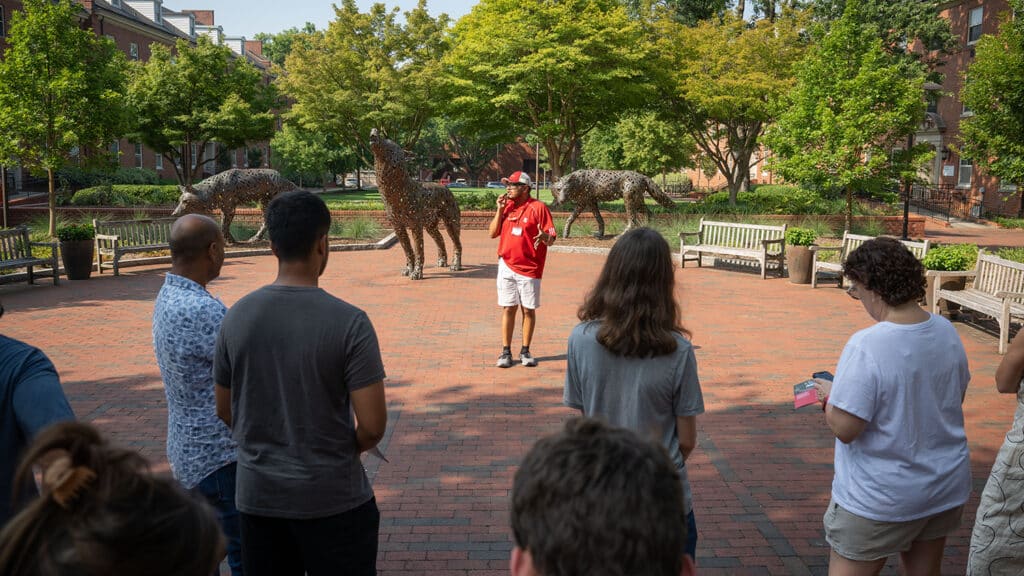
“My favorite part of a campus tour is talking about the school itself,” Espinoza said. “I love spitting out little fun facts that even I myself learned when I was shadowing other student ambassadors. I see the parents’ faces and they’re like, ‘Oh, my gosh, what? That’s crazy,’ and I’m like, ‘Right?'”
By lunchtime, Fountain Dining Hall is bustling with new students attending orientation. More than 5,700 first-year students and 1,400 transfer students have attended New Student Orientation in June and July, and their days have been packed with information sessions, small group discussions and interest meetings. During meals, new students can get to know one another and their orientation leaders, who are current NC State students.
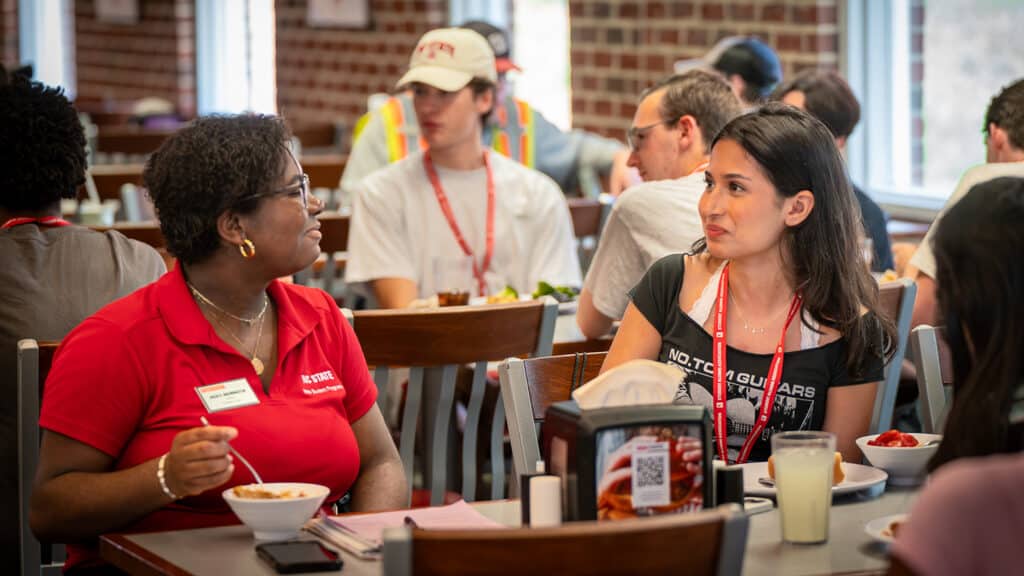
During lunch, orientation leader Jada Brewington chatted with her cohort about her psychology major and the different clubs students can join. Her goal is to help new students feel at home at NC State.
“The first face you see sets the first impression,” said Brewington, a junior. “I want to be a welcoming face.”
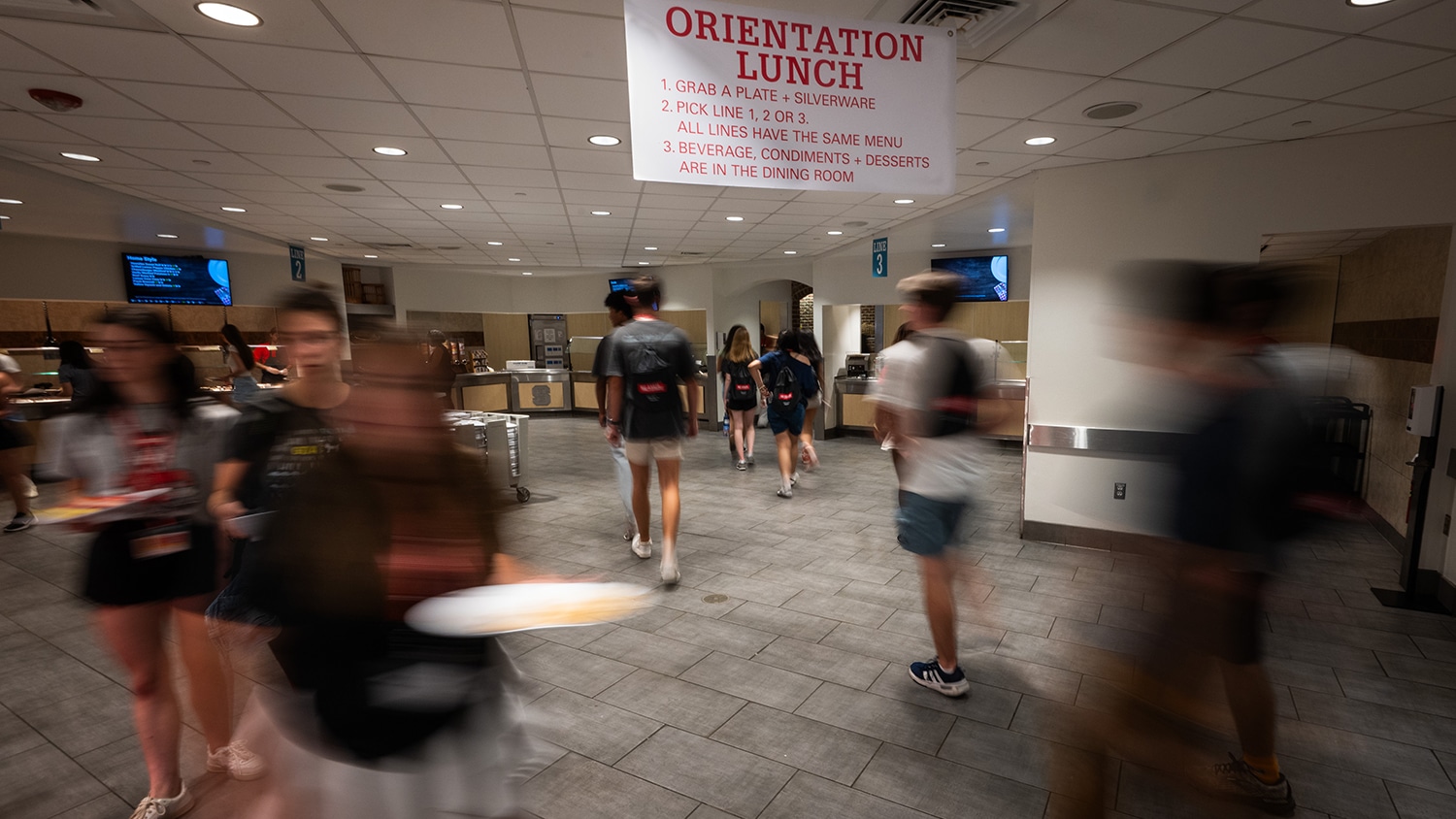
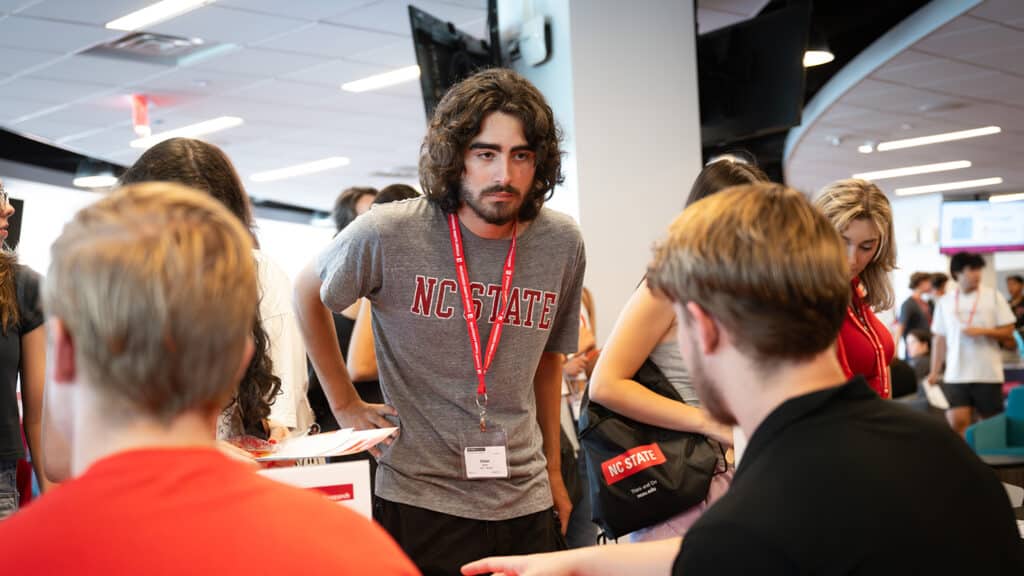
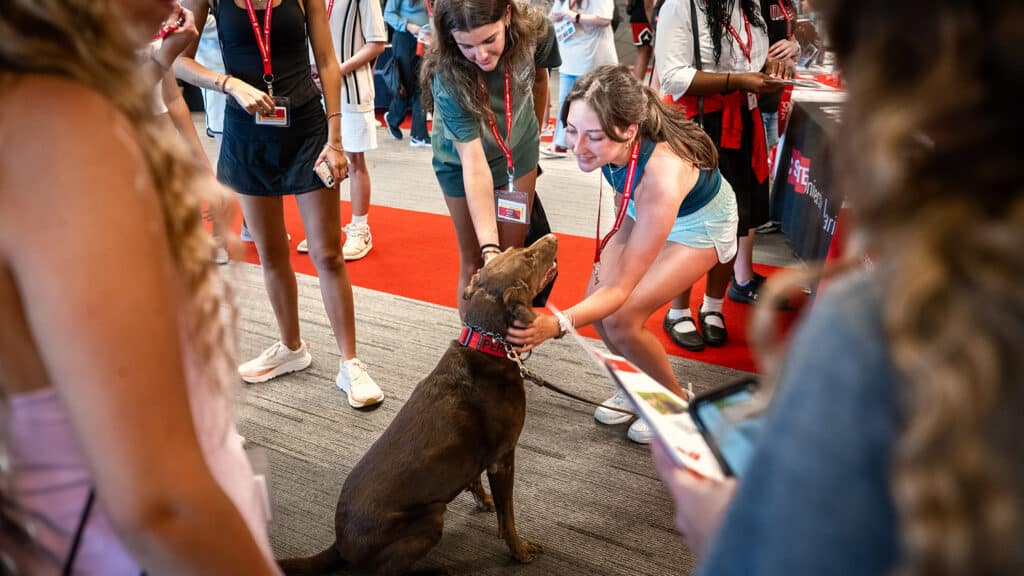
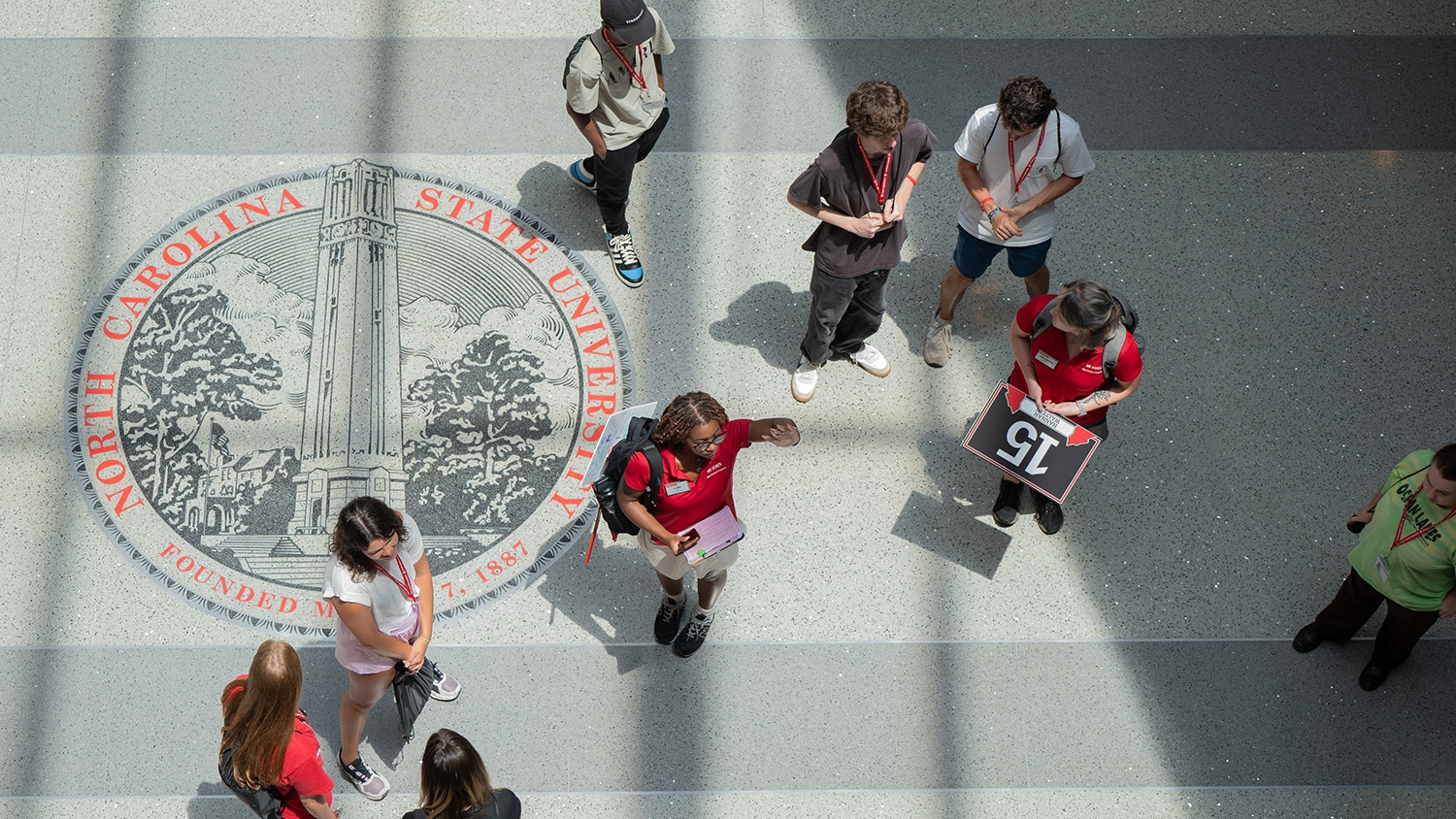
Beat the Afternoon Heat
After lunchtime, half a dozen high school seniors make their way to the digital printing lab in the Wilson College of Textiles on Centennial Campus. As part of the Summer Textile Exploration Program (STEP), these students have designed their own fabrics, and now, they’re bringing their designs to life.
STEP invites high school seniors to spend a week on campus learning about the textile industry, tour the college and local businesses, and work on a project related to their personal interests. This summer, 125 high schoolers came to NC State during five STEP sessions. STEP is just one of several pre-college programs NC State offers elementary, middle and high school students throughout the summer months.
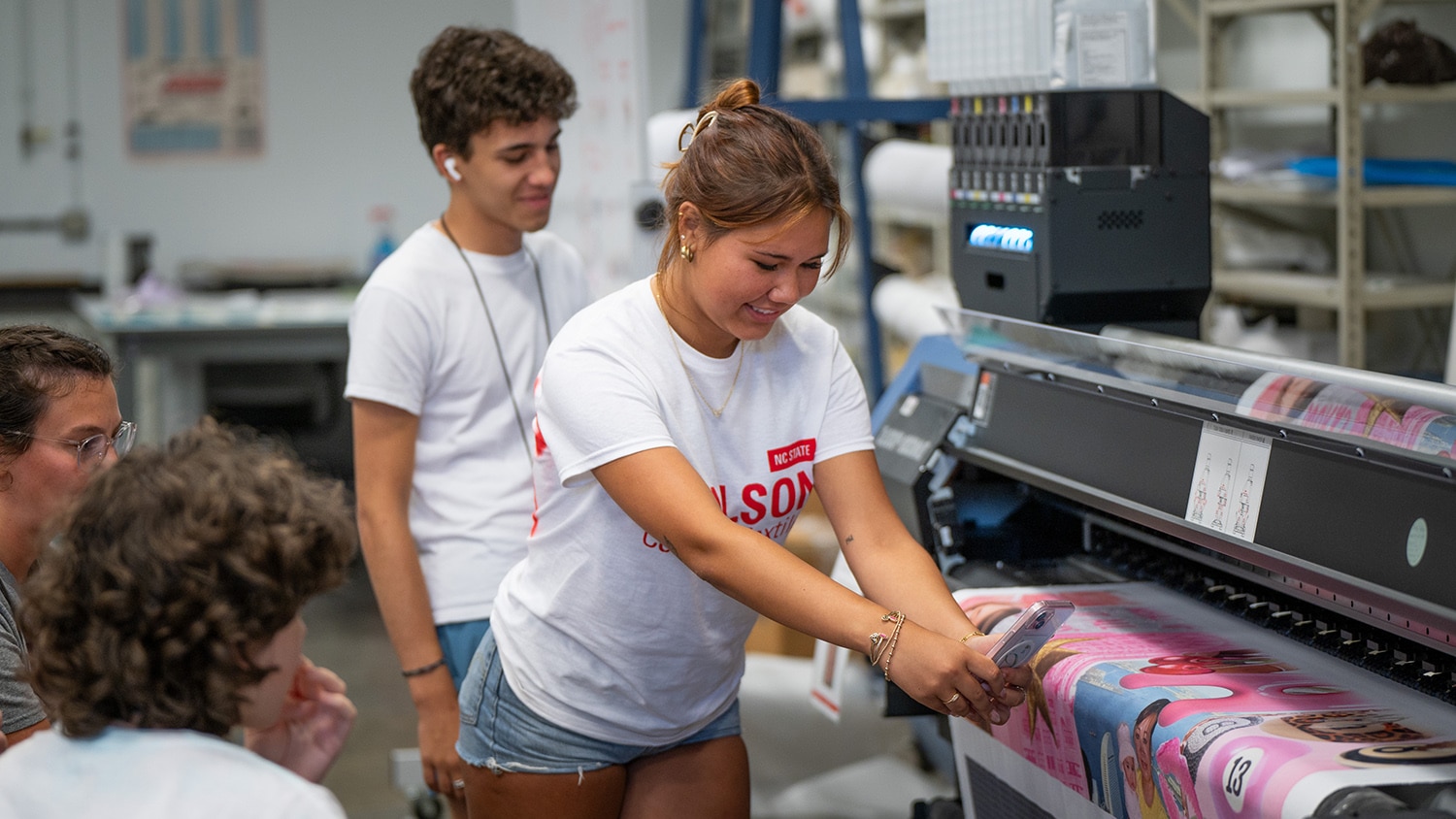
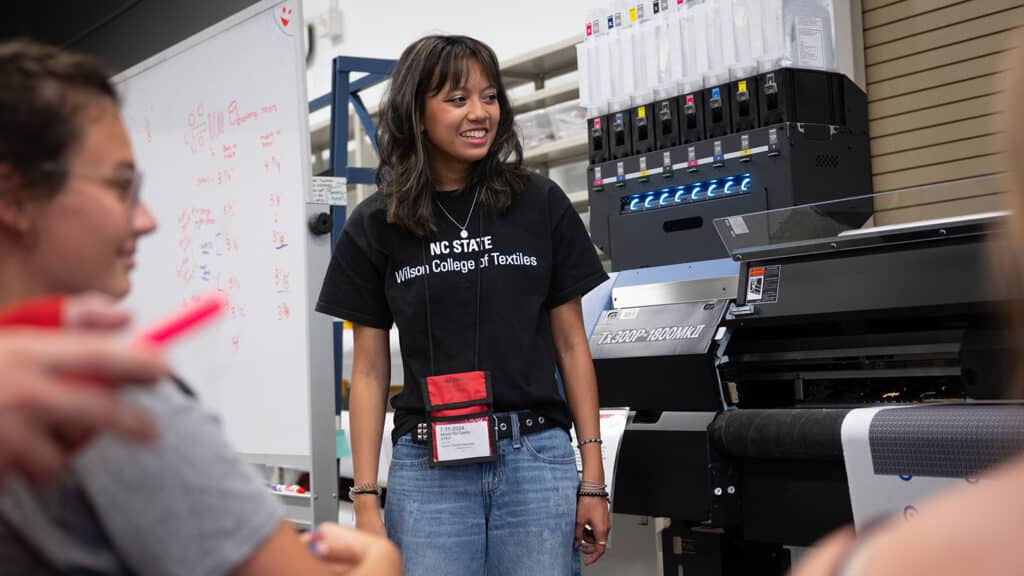
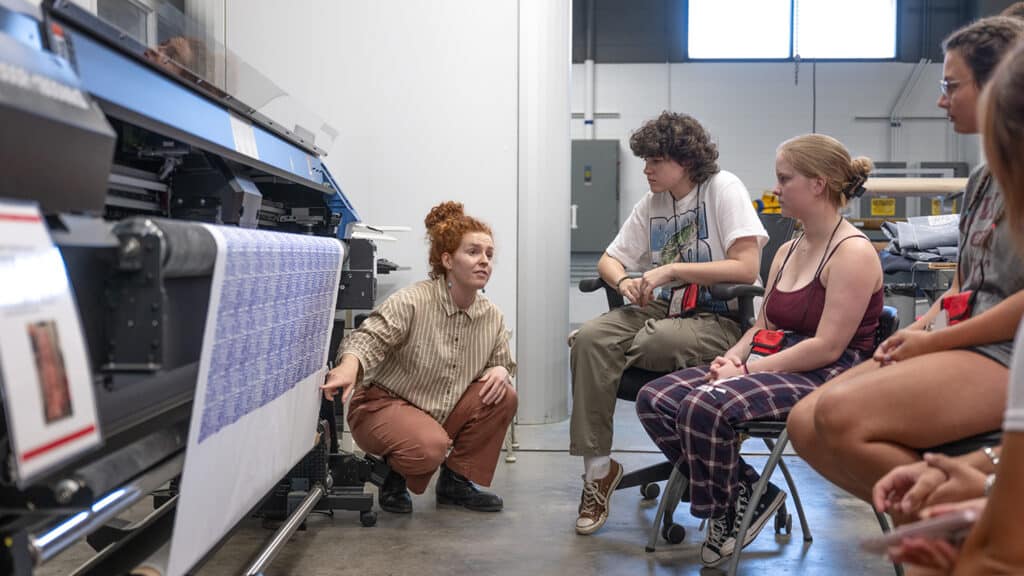
Alexis De Castro, a sophomore studying fashion and textile management with a concentration in fashion development and product management, is one of four STEP counselors this summer. Before coming to NC State, she considered majoring in computer science, business or East Asian studies. But nothing felt quite right until she attended STEP as a high school senior.
“I applied to all these other colleges with an interest but not with a plan in mind,” she said. “Having gone to STEP and getting accepted into NC State and receiving the Textile Pioneer Scholarship, it all just fell into place for me. I knew exactly where I wanted to go, and I knew that no matter what I did here, I would find a career after college.”
Across the street from the Wilson College of Textiles, students and faculty and staff members can take a break at the NC State Gaming and Esports Lab in the Hunt Library. With a growing list of esports games plus 35 PCs and PlayStation, Xbox and Nintendo Switch stations, the lab offers something for gamers of any level.
The lab is more than a playground for novices and a haven for gamers: It’s part of the NC State Esports program, which enables the university to contribute to — and compete in — a multibillion-dollar industry. The North Carolina government has allocated $12 million for a campus esports arena and an additional $4 million for a mobile esports platform. Since the lab opened in January, it has been an incubator for esports research, education and student involvement.
Go Inside the Gaming and Esports Lab
With more than 35 PCs and four console stations, there’s something for every gamer.
The Golden Hours
Now, the sun is starting to dip down, and the air is cooling off. It’s the perfect time to take advantage of NC State’s public art, en plein air.
Throughout the summer, NC State partnered with 95.7 That Station to present Artist Notes, a concert series featuring music and stories. During the shows, artists share not just songs but the stories and insights behind them. The concerts take place at The Corner, an open-air space anchored by repurposed shipping containers on Centennial Campus.
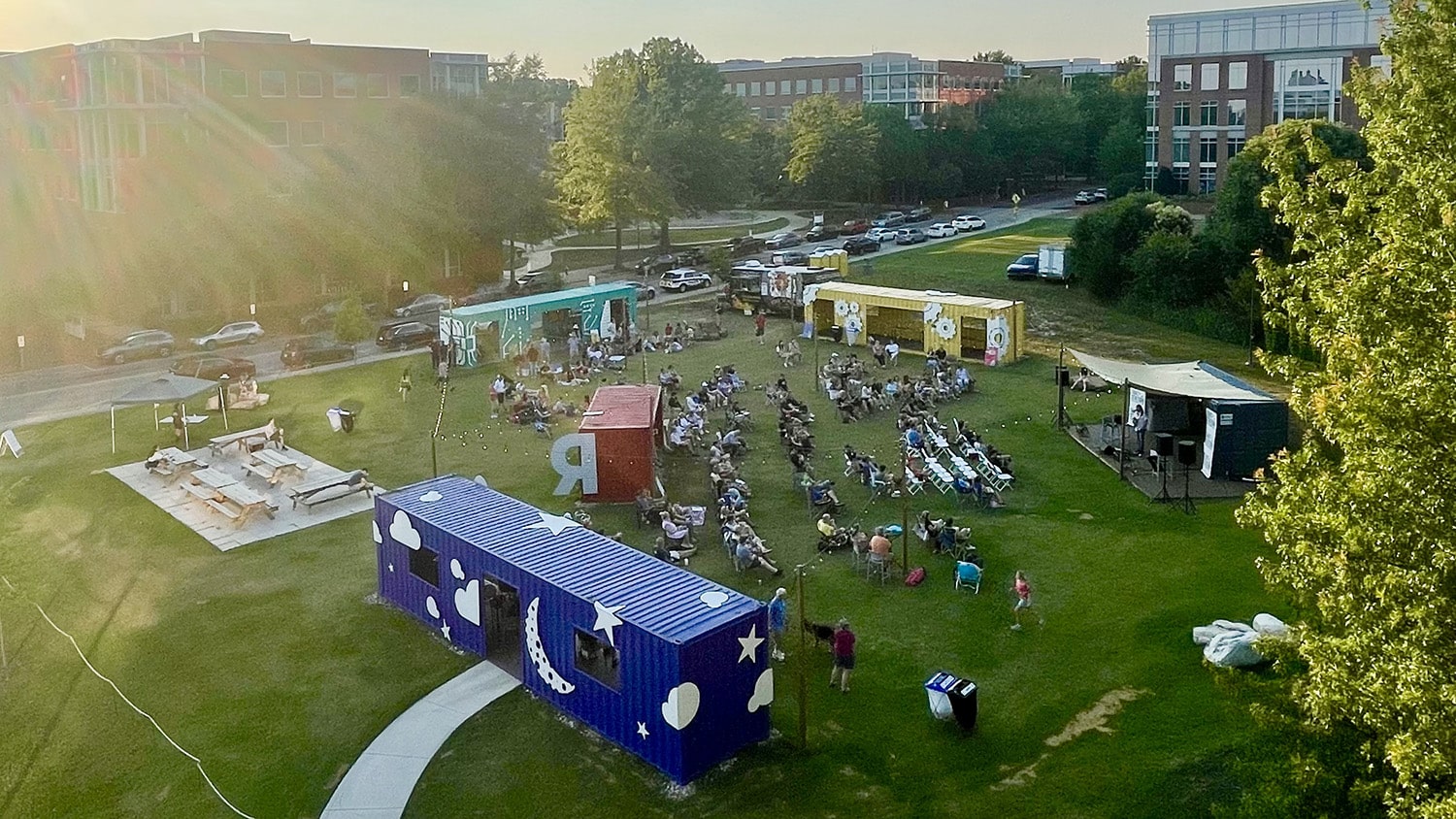
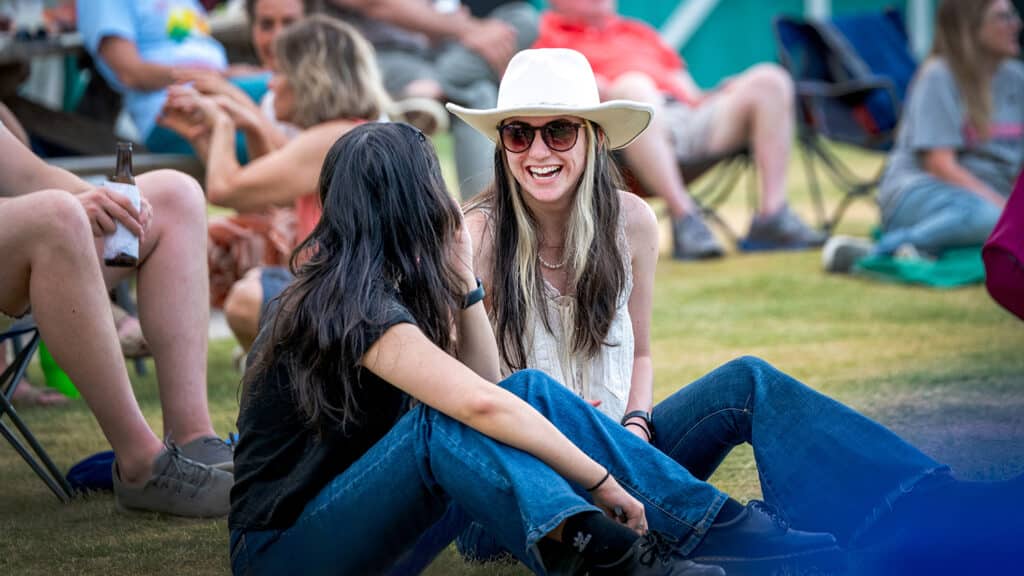
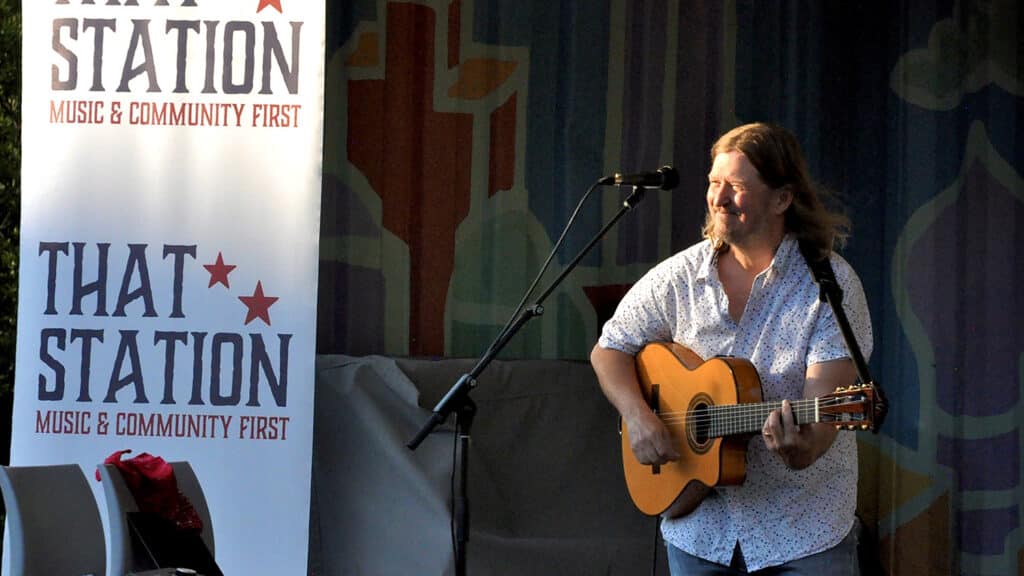
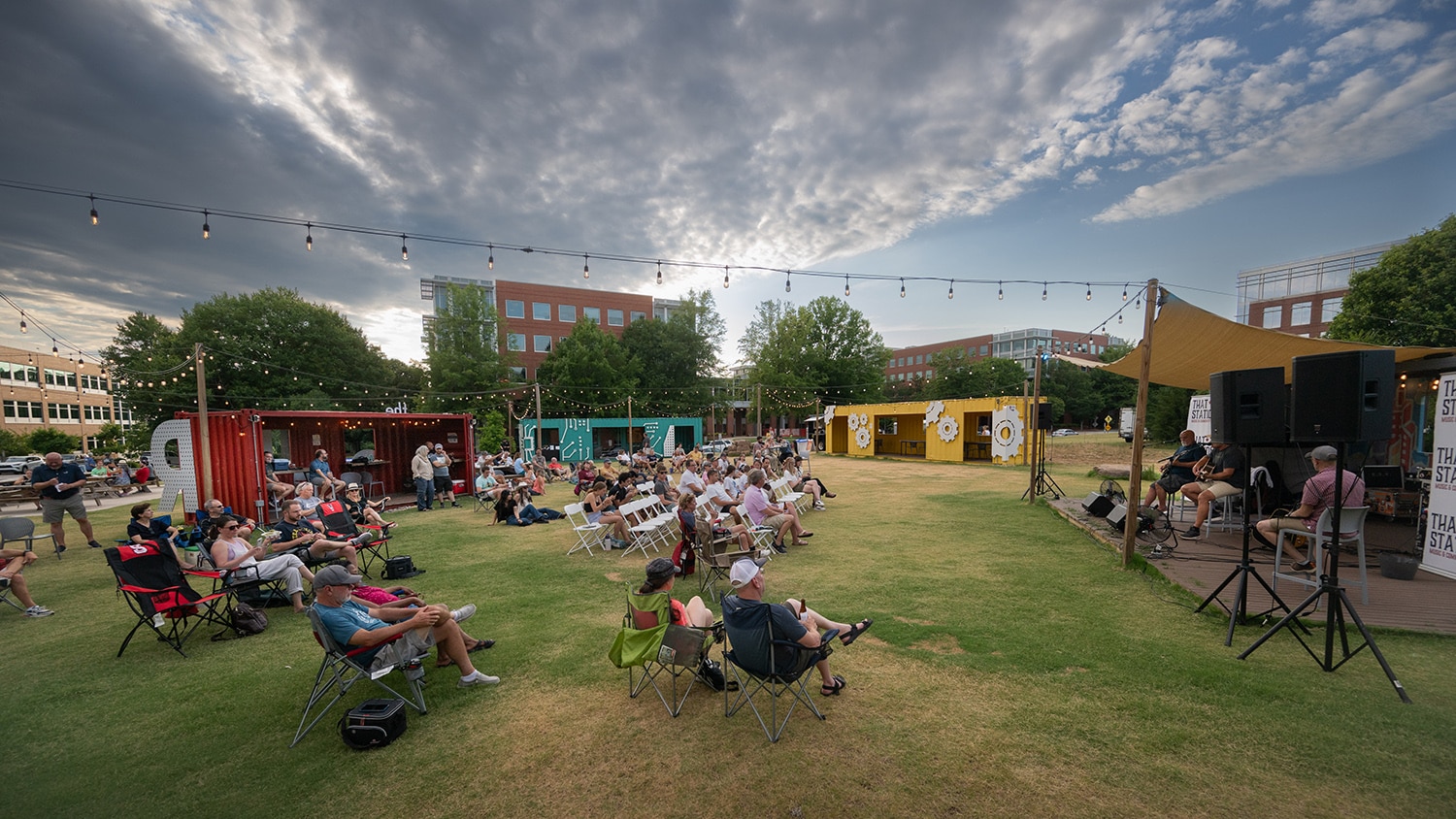
As the day comes to an end, glass sculptures catch the last of the fading light. Reds and Whites, an interactive piece of public art, stands tall on the Susan Woodson Plaza. It was designed by visionary artist Larry Bell. Featuring translucent red and white geometric pieces of glass, the artwork plays off color and light.
“It’s a frosty piece of glass that has no color to it,” Bell said. “But if you look through it at another piece that’s red, a diffused kind of pink comes through. And when the sun moves over the right-angle pieces, it casts their shadows on their neighbors.”
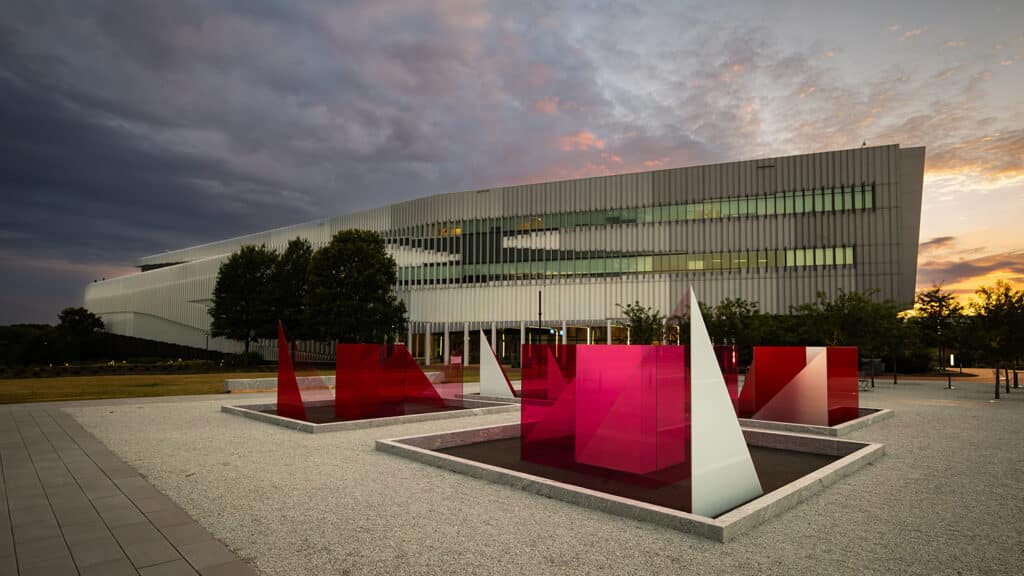
A stroll through Reds and Whites is a beautiful end to a beautiful (and busy) day. Now that we’ve chased the sun across campus, shedding light on all that our Wolfpack accomplishes every day, it’s time to say good night.
Until tomorrow, Wolfpack.
This post was originally published in NC State News.
- Categories:
